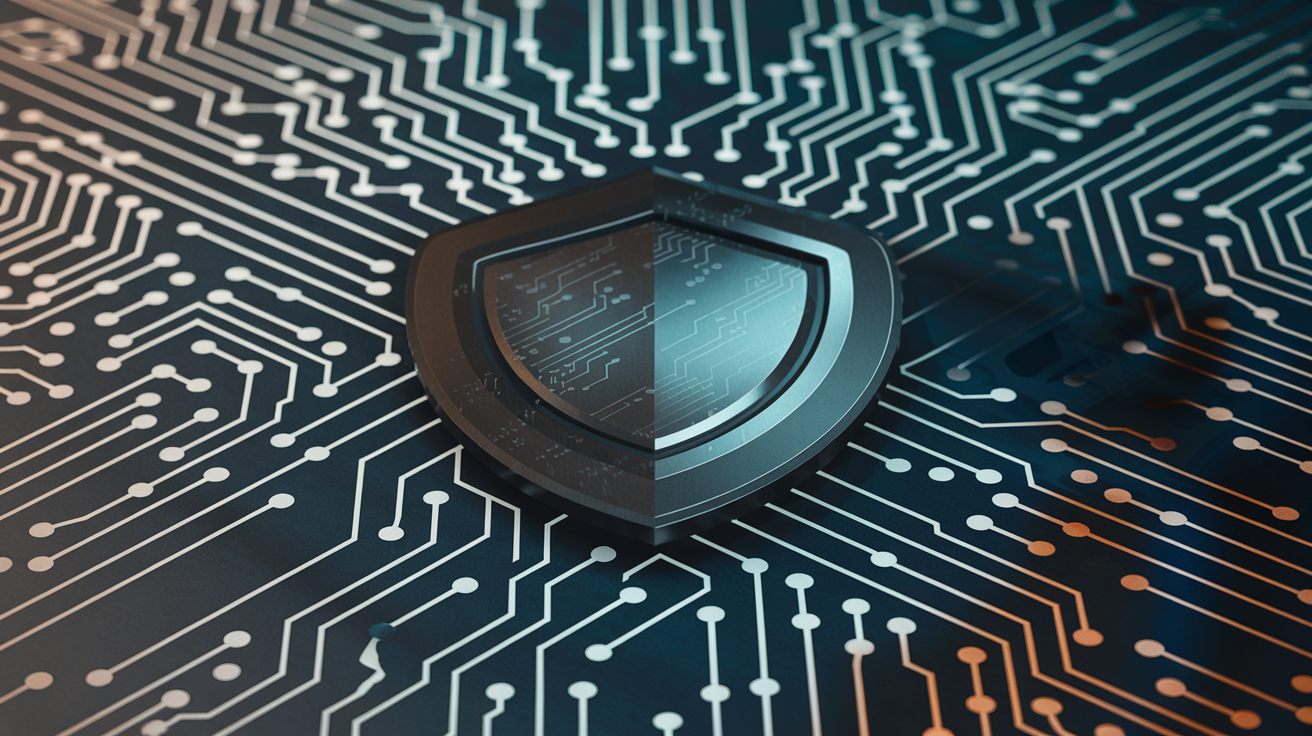· Cybersecurity · 4 min read
CMMC Compliance Isn't Just Annual: Why Continuous Machine-Based Auditing Is Now a Necessity
Compliance isn’t just an annual checkbox — it's a continuous commitment. As CMMC standards evolve, adopting machine-based auditing empowers defense contractors to proactively safeguard Controlled Unclassified Information (CUI) and stay relevant in business. Adopt continuous auditing to turn compliance into a lasting competitive edge with use of machine-based attestation and avoid penalties.

With the recent overhaul of the Cybersecurity Maturity Model Certification (CMMC) by the Department of Defense (DoD), compliance has become both more defined and more complex. While the new rule mandates that companies in the Defense Industrial Base (DIB) undergo annual assessments, this approach may fall short in today’s rapidly changing cyber landscape. Compliance isn’t merely about checking off requirements each year; it demands ongoing, adaptive vigilance. This is where continuous machine-based auditing can make a critical difference, helping to secure sensitive information while supporting an organization’s compliance journey.
Understanding the Gaps in Annual Compliance Audits
Annual assessments give companies a yearly snapshot of their cybersecurity status, but they can also create risky gaps in oversight. As cyber threats evolve, vulnerabilities can emerge in mere hours, not months, making a once-a-year audit insufficient to maintain a robust security posture. Additionally, annual audits rely heavily on human-based attestations and periodic documentation, which introduces the risk of human error, potential oversight, and outdated compliance data.
From a business perspective, this approach can be costly, especially if vulnerabilities go undetected and lead to data breaches or non-compliance penalties. For example, consider a company that clears an audit in January. By March, new exploits or vulnerabilities in their software systems could leave sensitive Controlled Unclassified Information (CUI) unprotected, unbeknownst to them until the next audit cycle. This “audit gap” is precisely what continuous monitoring aims to address by enabling real-time, automated oversight that quickly identifies and corrects vulnerabilities.
The Case for Continuous, Machine-Driven Compliance Audits
Continuous machine-based auditing offers a proactive, real-time approach that aligns with the need for agile compliance strategies. Leveraging automated systems to track, analyze, and report compliance data around the clock helps organizations to achieve a constantly updated picture of their cybersecurity health. Machine-driven auditing tools can monitor for compliance with critical standards and issue alerts or execute automatic corrective actions as soon as vulnerabilities are detected.
This approach is not only about maintaining compliance but also enhancing security resilience. Continuous machine-based auditing can significantly reduce the time between a vulnerability’s emergence and its remediation. This immediate responsiveness directly aligns with CMMC’s underlying mission to protect CUI by reducing vulnerabilities in the DIB supply chain.
Key Advantages of Continuous Auditing
- Minimized False Claims Act (FCA) Risks
The new CMMC regulations require Affirming Officials to verify compliance annually, but relying solely on yearly affirmations can expose organizations to FCA liabilities. Machine-based auditing provides a documented, real-time compliance trail that reduces the likelihood of oversight or outdated compliance data, making it easier to verify compliance and potentially minimizing legal exposure. - Enhanced Resource Efficiency
Maintaining compliance through traditional methods often requires extensive manpower, documentation, and periodic reporting. Automated audits reduce this burden by continuously collecting, analyzing, and documenting compliance data, freeing human resources for strategic tasks. This efficiency can be especially advantageous for small and medium-sized businesses that may lack the manpower for exhaustive manual oversight. - Future-Proof Compliance Adaptability
Regulations and cybersecurity best practices evolve rapidly. Automated systems can be updated to accommodate new compliance requirements or industry standards without needing to overhaul an organization’s entire compliance infrastructure. This adaptability ensures that organizations remain compliant with the latest requirements, offering a scalable solution as new threats and regulations emerge. - Actionable Insights for Security Optimization
Automated, continuous auditing can provide insights beyond compliance status. Machine-based systems analyze data patterns, enabling companies to spot emerging risks and adjust their cybersecurity posture accordingly. These actionable insights can inform better cybersecurity strategies, helping organizations prioritize vulnerabilities that pose the greatest risk.
Overcoming Implementation Challenges
Adopting continuous machine-based auditing may initially seem challenging, particularly for smaller firms, due to upfront investment and the shift from manual processes. However, with CMMC raising compliance expectations, the potential costs of non-compliance — penalties, competitive disadvantage, and reputational risk — may surpass these initial hurdles. Partnering with a managed security service provider (MSSP) or gradually implementing automated compliance tools can help firms transition without straining resources.
For DoD contractors, compliance is now an ongoing responsibility, and continuous auditing offers an advantage. Those who invest in this approach will be well-prepared to meet CMMC standards, establishing themselves as trusted, resilient partners in the defense supply chain.


